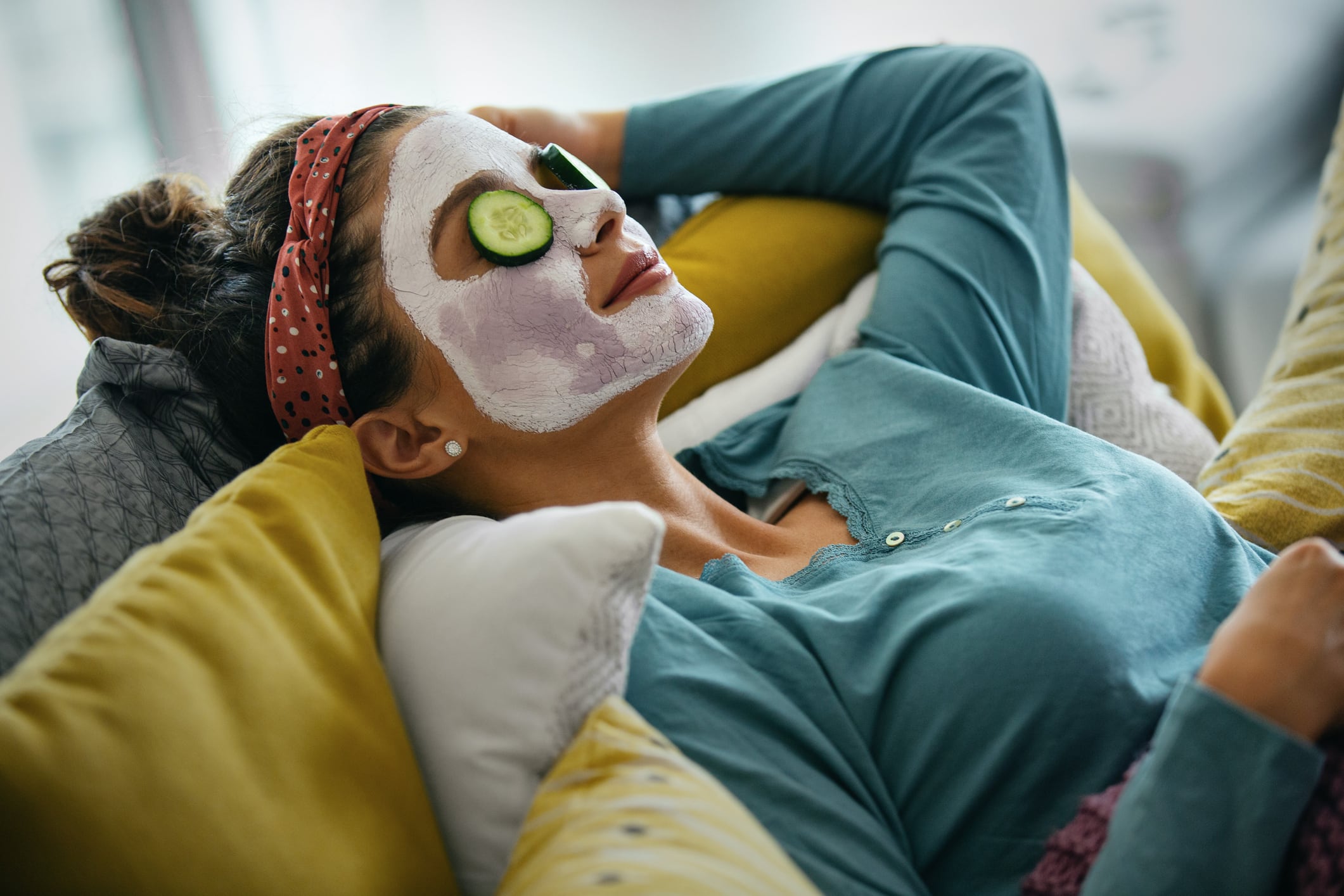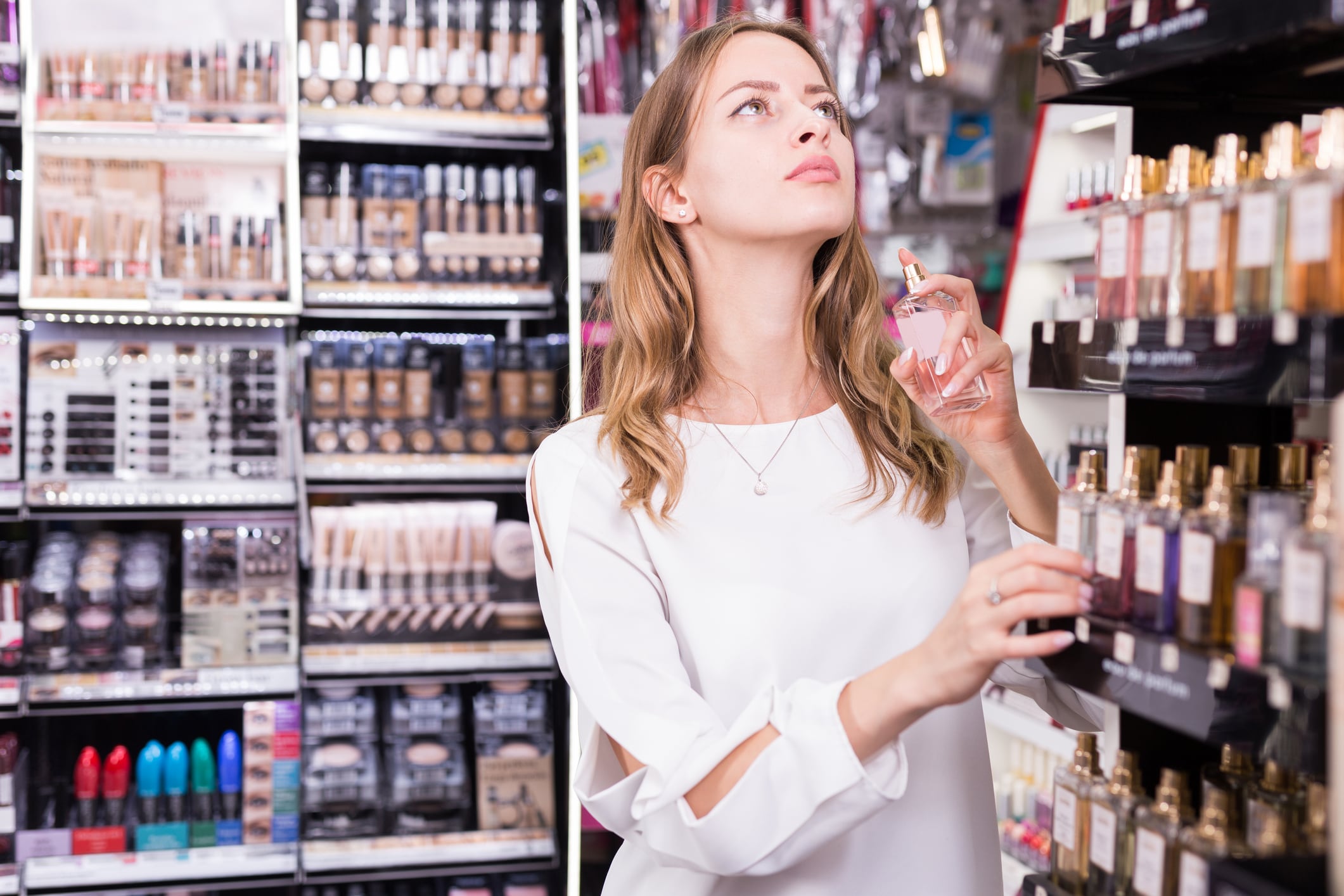When Leonard Lauder coined the “Lipstick Index” in the early 2000s, the idea was simple yet profound: even in economic downturns, people would splurge on small luxuries, most famously lipstick. It was a snapshot of the human spirit in retail form.
In that era, lipstick was more than a pigment. It was a portable talisman symbolizing optimism, defiance, and the need to feel composed in uncertain times.
Today, the index tells only part of the story. The modern consumer’s equivalent of “a swipe of red” is just as symbolic, but the meaning has shifted. Beauty’s most resilient purchases now lean toward restoration, wellness, and resilience rather than decoration alone.
From decoration to restoration
The global pandemic reshaped consumer priorities at a deep level. For years, daily makeup routines were dictated by social presentation. When the pandemic removed that external audience, we did not stop caring for ourselves. Instead, the ritual changed shape.
With masks covering faces, lipstick sales declined while purchases of barrier-repair creams, stress-soothing oils, and microbiome-friendly serums increased. Consumers began treating skincare as more than a cosmetic category. It became a stabilizing ritual in an unstable world.
In immunology, we know that chronic stress, whether emotional or environmental, can disrupt the body’s balance. This can trigger low-grade inflammation known as inflammaging. While most consumers could not name the mechanism, they could feel its effects in their skin, mood, and energy. Beauty became not about concealing those effects but addressing their source.
This shift is why today’s “Lipstick Effect” is more accurately described as a Wellness Index. It measures how people seek emotional grounding and biological resilience in the face of uncertainty.
A legacy of symbolism then and now
History shows that the shift in meaning is not unprecedented. During World War II, red lipstick was not rationed in Britain because Winston Churchill recognized its morale-boosting power. It was not vanity but visible defiance. In Nazi-occupied territories, red lipstick was banned because it symbolized the free spirit of Allied women.
The modern equivalent is not always a bold color. It might be a skin-calming serum during a stressful caregiving period, an aromatherapy balm before a high-stakes meeting, or a sleep-supportive skincare ritual that helps with recovery after a demanding week.
The product form changes, but the function remains constant: to fortify dignity, agency, and selfhood.
Why the shift happened
- The Pandemic as a Psychological Reset: When traditional beauty rituals lost their daily audience, consumers reassessed what mattered most. They turned toward products offering stability and tangible benefit, such as ceramide creams, adaptogen-infused serums, or anti-inflammaging formulas.
- Ingredient Literacy: Today’s consumer reads an INCI list as carefully as earlier generations read a menu. Niacinamide, peptides, postbiotics, and adaptogens are not just buzzwords. They drive purchasing decisions. Effectiveness is now more important than expressiveness.
- Mental Wellness as Luxury: Modern indulgence is not only visual. The sensory act of applying a product, the texture, the scent, and the feel on the skin all trigger pleasure responses in the brain. This reinforces the ritual as a form of micro-recovery.
- Post-Beauty Culture: Consumers no longer view beauty only through the lens of youth or flaw concealment. It is now part of broader longevity and wellness goals. In this context, a snow mushroom and peptide cream is today’s “red lipstick.”
- Social Media and Skin Positivity: Digital platforms have shifted beauty norms toward transparency, celebrating texture, pores, and authenticity. This reduces the need for camouflage and increases investment in foundational care.
From ‘Lipstick Index’ to ‘Wellness Index’
The “Lipstick Index” was brilliant for its time, but it is now an incomplete lens. Today’s consumer is not chasing a quick visual lift. They are seeking long-term vitality, resilience, and trust in the science behind the product.
A new term, whether the Serum Effect or the Wellness Index, better reflects the shift from performative enhancement to intentional self-investment. Serums in particular embody this new era. They are clinical yet sensorial, used routinely, and designed to deliver visible results while offering a tactile moment of care.
The psychology of small indulgences today
Micro-luxuries are not just about looking better. They are about feeling anchored. Behavioral psychology calls them immediate, low-barrier mood interventions.
- Micro-dosing Joy – A sensorial cleanser or hydrating balm can offer an instant mood lift.
- Self-Continuity – Maintaining a beauty ritual reinforces identity and stability during change.
- Therapeutic Touch – The act of application can calm stress responses through the sensory system.
Where beauty is headed in economic downturns
In times of economic strain, consumer habits sharpen.
- Substance over status: Products must work, not just signal prestige.
- Science over storytelling: Backed claims win loyalty.
- Resilience over reaction: Formulas that support skin health, stress regulation, and emotional well-being will dominate.
Expect growth in:
- Multi-functional, microbiome-supportive products
- Calming, reparative treatments that address inflammaging
- Sensory-rich minimal routines that feel sustainable and kind
These are no longer luxuries. They are lifelines.
Rethinking luxury in the new economy
Prestige beauty can no longer rely on name recognition and glossy packaging. True luxury now means personal resonance: science-backed, sensorially satisfying, and emotionally intelligent.
Many heritage brands still rely on the Lipstick Effect strategy during tough times. Yet today’s consumers are sharper and ask:
- Is this backed by expertise?
- Do I trust this brand?
- Does this product respect my well-being?
The winners will be those who answer yes to all three, while delivering value that feels both personal and proven.
The future: Beauty as self-investment
The new luxury is not a price tag. It is a product’s ability to support who you are and how you want to feel. It is meaning over marketing, relationships over recognition, and trust over trend.
The Lipstick Effect is fading as the industry’s guiding concept. The Wellness Index is emerging as the new measure of beauty’s power to restore, ground, and strengthen us in uncertain times. Today’s most treasured purchase is not about being seen. It is about feeling whole.




